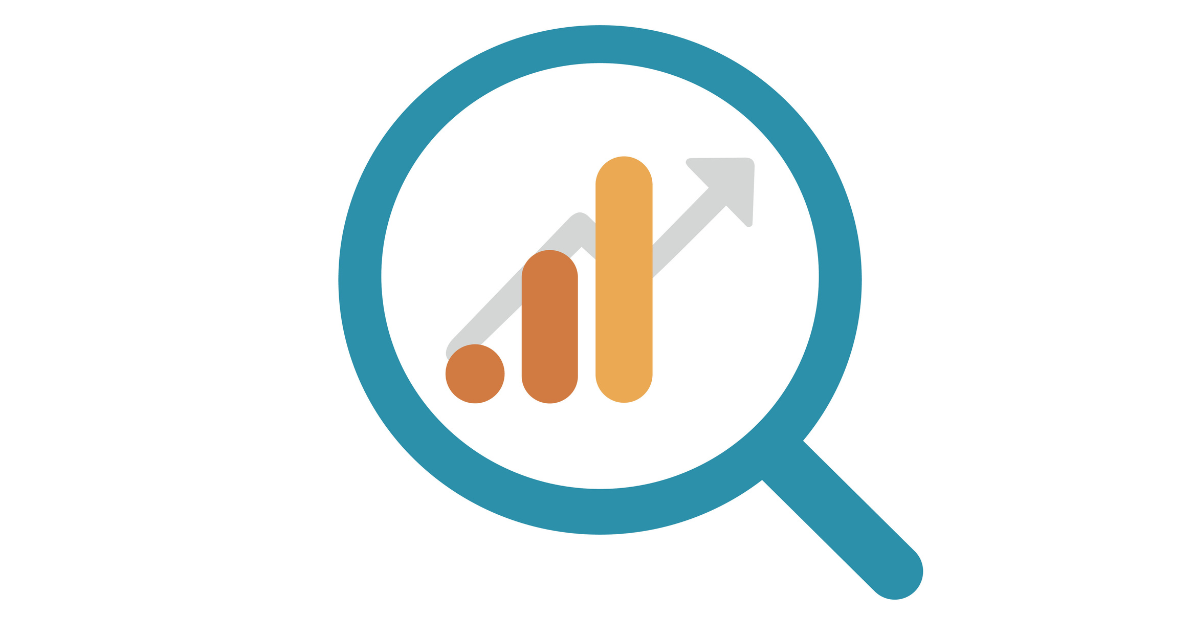Mark Twain once famously quoted British Prime Minister Benjamin Disraeli as saying, “There are three kinds of lies: Lies, Damned Lies, and Statistics.” Highlighting the quote’s accuracy, nobody is even sure if Disraeli ever said it.
If you work online and compare and contrast the data you receive from the various analytics tools in your MarTech stack, you’ll know that your marketing data doesn’t always add up correctly. This creates a problem for marketers running campaign activities across multiple channels, such as paid search, social media, SEO, and email marketing. How do you assign time and budget to a channel when your data doesn’t always tell the truth? This is particularly problematic when certain channels dominate the landscape (search marketing) compared to more passive (but potentially more profitable) channels like email marketing.
Marketers need a single view of the truth. Therefore, it’s time to look beyond the siloed data in simple website analytics tools and dig deeper into digital marketing analytics.
What is Digital Marketing Analytics?
While website analytics focuses specifically on analyzing data relating to a website’s performance and user behavior, collecting data relating to website traffic, visitor demographics, user engagement, and conversion rates, digital marketing analytics paints a much broader picture.
Digital marketing analytics refers to the practice of collecting, measuring, and analyzing data related to various digital marketing activities and campaigns. It involves tracking and assessing the performance of marketing efforts across multiple online channels such as websites, social media platforms, email marketing, search engine advertising, and more. It aims to provide insights into the effectiveness of marketing strategies, customer behavior, conversion rates, return on investment (ROI), and other key performance indicators (KPIs) relevant to digital marketing.
Why is Digital Marketing Analytics Important?
Digital marketing analytics is essential for several reasons:
- Performance Evaluation: Digital marketing analytics allows you to measure and evaluate the performance of your various marketing campaigns and strategies. By tracking key metrics like website traffic, conversion rates, click-through rates, engagement levels, and more, you can determine which strategies are effective and which need improvement. It provides insights into what is working and what isn’t, enabling you to make data-driven decisions to optimize your marketing efforts.
- Return on Investment (ROI) Analysis: Digital marketing analytics helps you understand the return on investment from your various marketing activities. By tracking the performance and associated costs of different campaigns, you can determine which channels and strategies deliver the highest ROI. This information allows you to allocate your marketing budget more effectively, investing in areas that generate the most significant results.
- Customer Behavior Analysis: With digital marketing analytics, you gain valuable insights into customer behavior. You can analyze user interactions, navigation patterns, conversion paths, and other metrics to understand how visitors engage with your website, ads, and content. This understanding allows you to optimize user experiences, identify potential bottlenecks or areas of improvement, and tailor your marketing strategies to better align with customer preferences and needs.
- Targeting and Personalization: Digital marketing analytics enables you to segment and target your audience more effectively. You can create more personalized and relevant marketing campaigns by analyzing demographic data, customer preferences, and behavioral patterns. This leads to higher engagement, better conversion rates, and increased customer satisfaction.
- Data-Driven Decision-Making: Data plays a crucial role in making informed decisions in the digital marketing landscape. Digital marketing analytics provides the necessary data and insights to guide your decision-making process. It helps you identify trends, highlight opportunities, and overcome challenges by basing your decisions on actual performance data rather than guesswork or assumptions.
Use Cases of Digital Marketing Analytics
There are many different things a marketer can do with digital marketing analytics. We’ll focus on two of the most popular strategies: Mapping customer journeys and creating personalized user experiences.
Mapping Customer Journeys
Mapping your customer journey provides valuable insights into customer behavior and interactions at different touchpoints. Digital marketing analytics can help with mapping customer journeys in the following ways:
- Identify Customer Touchpoints: Digital marketing analytics allows you to track and analyze customer interactions across various channels and touchpoints, such as website visits, social media engagement, email opens, ad clicks, and more. By examining these touchpoints, you can identify the key stages and channels through which customers interact with your brand.
- Track Customer Behavior: Analytics tools provide data on how customers navigate through your website, what content they engage with, how long they spend on each page and their conversion paths. This information helps you understand the actions customers take at each touchpoint and their behavior throughout the journey. By analyzing this data, you can identify patterns, common paths, and potential drop-off points in the customer journey.
- Attribution Analysis: Digital marketing analytics allows you to attribute specific engagements to individual marketing channels or campaigns. By tracking and analyzing conversion data, you can determine which touchpoints or marketing efforts have the most significant impact on driving conversions. This attribution analysis helps you understand the effectiveness of each touchpoint and allocate your marketing resources accordingly.
- SWOT Analysis: By mapping the customer journey through digital marketing analytics, you can identify strengths, weaknesses, opportunities, and threats in your marketing program. You can identify areas where customers face hurdles or experience friction in their journey, allowing you to optimize those touchpoints and enhance the overall customer experience. Similarly, you can identify opportunities to engage customers at critical stages, provide relevant content, or offer incentives to drive conversions.
- Continuous Optimization: Digital marketing analytics enables you to monitor and analyze customer journey data continuously. By regularly reviewing and analyzing the performance metrics, you can identify areas of improvement, test different approaches, and optimize touchpoints to enhance the customer journey.
Creating Personalized User Experiences
Digital marketing analytics can help you segment your audience based on various characteristics, including demographics, customer behavior, product/service interests, or purchase history. By creating customer segments, you can analyze their journey paths and behaviors individually. This enables you to personalize your marketing efforts and deliver targeted messages and experiences at each touchpoint based on the specific needs and preferences of different customer segments.
Conclusion
Digital marketing analytics takes data from across your entire marketing ecosystem and delivers a detailed understanding of how your customers become engaged with your business and pass through your marketing funnel. Is it complicated? Yes, it can be.
To succeed with digital marketing analytics, your marketing team and your MarTech stack must be perfectly aligned and ready to commit to a campaign strategy based on the evidence it delivers.
If the thought of digital marketing analytics is a little overwhelming, consider the alternative—delivering a campaign strategy based on gut feelings and disjointed data. Thankfully, digital marketing analytics isn’t a journey you have to take alone. To learn how the marketing experts at emfluence can help you discover a more precise strategy built around coherent digital marketing analytics, contact us today at expert@emfluence.com.



